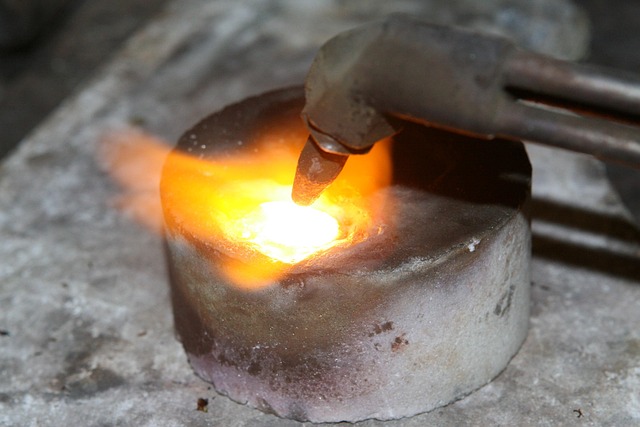The world of fine arts is a mesmerizing tapestry woven with creativity, culture, and expression. Among the many forms of artistic creation lies the intricate dance of the sculpture casting process, a technique that not only embodies the essence of artistic talent but also reflects the rich cultural narratives of humanity. This alchemical transformation of materials into tangible forms brings the artist’s vision to life, allowing the abstract to take shape and resonate with audiences across generations.
At its core, the casting process is a celebration of both innovation and tradition. Artists meticulously select materials, often beginning with a model crafted from clay, wax, or another malleable medium. This initial form is then transformed through a series of meticulous steps, utilizing methods such as sand casting, lost-wax casting, or even modern advancements in 3D printing. Each technique presents unique challenges and opportunities, emphasizing the artist’s personal touch and cultural heritage.
The cultural significance of this process cannot be overstated. In many societies, sculpture has served as a means of storytelling, representing deities, ancestors, or pivotal moments in history. For instance, the ancient Greeks showcased their reverence for gods and heroes through bronze castings that adorned temples and public spaces. Similarly, the intricate stone sculptures of various African tribes narrate cultural myths and commemorate historical events, bridging the past and present.
The casting process thus resonates deeply within the cultural framework of a society. It is not merely about creating a physical form; it’s about encapsulating a moment in time, a memory, or a belief. Artists often draw inspiration from their surroundings, history, and the struggles or triumphs of their people. This infusion of personal and cultural narratives into sculpture is what makes the final piece not just an artwork but a reflection of identity and collective memory.
The emotional impact of a casted sculpture can be profound. When one observes a work of art—be it a towering statue or a small figurine—it evokes feelings that transcend the visual. The textures, the lines, and the very presence of the piece create a connection between the artist’s intent and the viewer’s interpretation. This dialogue becomes a shared experience, fostering a deeper understanding of cultural contexts and personal histories.
Additionally, the casting process has evolved with technological advancements, allowing contemporary artists to experiment with new materials and methodologies. This evolution speaks to the dynamic nature of culture itself, as artists challenge traditional norms and expand the definitions of what sculpture can be. While honoring the age-old techniques, modern sculptors infuse contemporary themes and diverse influences, making the casting process a continually evolving narrative of artistic expression.
As we explore the rich tapestry of fine arts, the casting process stands out as a significant thread that connects past to present, artist to audience, and culture to individual. It’s an intricate dance, where every choice embodies a spectrum of emotions, beliefs, and stories waiting to be told. Through the lens of sculpture, we find an enduring testament to humanity’s shared journey—one that intertwines creativity with cultural significance and engages us in the timeless pursuit of beauty and meaning.



